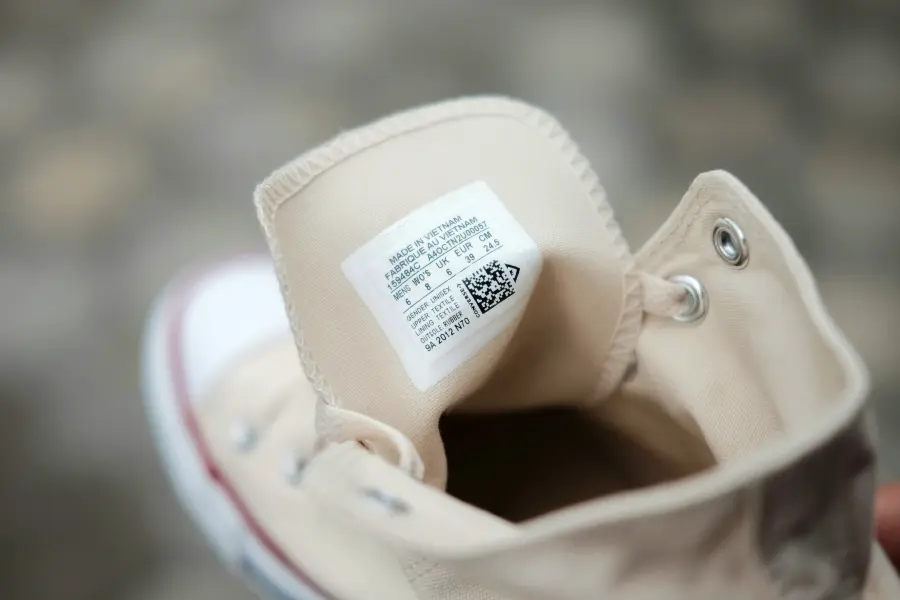7 Tips for Designing a QR Code That People Actually Want to Scan
Published on

Beyond Function: The Art of the Scannable Invitation
Anyone can generate a QR code. But how do you design a QR code that stops people in their tracks and makes them
Moving beyond the basic technical rules, there is an art to creating a QR code that boosts engagement. Here are 7 essential tips that focus on the marketing and psychological aspects of QR code design to help you get more scans.
Tip 1: Brand It to Build Trust
A generic QR code is anonymous and can feel untrustworthy. A branded QR code feels official and safe. This is the single most effective thing you can do to encourage scans.
- Use Your Brand Colors: Swap out the black and white for your primary brand colors. Remember the golden rule: the foreground must be significantly darker than the background to ensure high contrast.
- Add Your Logo: Placing your logo in the center of the code is a powerful statement. It instantly tells users who the code belongs to. Use a QR code generator like QRDesigner.com that allows you to add a logo and automatically handles the necessary error correction.
Tip 2: Frame It with a Powerful Call to Action (CTA)
A QR code floating on a page by itself is a mystery. A QR code with a clear instruction is a call to action. You must tell people exactly why they should scan your code. A good CTA is short, direct, and highlights a benefit.
- Weak CTA: "QR Code"
- Good CTA: "Scan to Learn More"
- Great CTA: "Scan for 15% Off Your Order!" or "Scan to Watch the Video"
Your CTA should be placed directly above or below the code so there is no ambiguity.
Tip 3: Provide Genuine Value
This is the core of a successful QR code strategy. People will only scan your code if they believe it will lead to something valuable or interesting. Linking to your generic homepage is rarely compelling enough. Instead, link to:
- An exclusive discount or offer.
- A helpful "how-to" guide or video tutorial.
- Entry into a contest or giveaway.
- A free downloadable resource.
- Entertaining or behind-the-scenes content.
When you consistently provide value, your audience will be more likely to scan your QR codes in the future.
Tip 4: Integrate It, Don't Just Slap It On
Good designing a QR code means making it a seamless part of your overall creative. Don't just stick a QR code in the corner of your poster as an afterthought. Integrate it into the design. Can it be part of a character's sunglasses? Can it be the center of a graphic element? Making the QR code a deliberate part of the visual hierarchy shows a level of care and professionalism that gets noticed.
Tip 5: Consider the Context and Placement
Where will your QR code be scanned? The context dramatically affects its design and likelihood of being scanned.
- On a moving object (like a bus or a t-shirt): The code needs to be larger and simpler to allow for a quick scan.
- In a low-light environment (like a bar or concert): High contrast is absolutely critical.
- From a distance (like a billboard): The code must be very large.
Think about the user's physical state when they are scanning. Make it as easy as possible for them.
Tip 6: Create Curiosity
Sometimes, a little mystery can be a powerful motivator. While a clear CTA is usually best, in some creative campaigns, you can intentionally make the destination a surprise. A CTA like "Scan for a Surprise" or "Scan If You Dare" can be highly effective for a specific type of audience, especially for entertainment or lifestyle brands. This works best when the surrounding design is fun, intriguing, and on-brand.
Tip 7: Ensure It Works Flawlessly
This final tip is the foundation for all the others. A QR code that doesn't work is worse than no QR code at all. It frustrates the user and damages your brand's credibility. Before you launch your campaign, test your final, downloaded QR code file rigorously.
- Scan it with different phones (iOS and Android).
- Scan it in different lighting conditions.
- If it's for print, test a printed proof, not just the screen version.
Conclusion: Design for Humans, Not Just for Scanners
Ultimately, designing a QR code that gets scanned is about understanding human psychology. We are drawn to things that are visually appealing, we trust brands we recognize, we are motivated by value, and we appreciate convenience. By applying these seven tips, you move beyond the technical requirements of a QR code and start thinking about the human experience.
A well-designed QR code doesn't just connect to a link; it connects with a person.
Ready to design a QR code that gets noticed and scanned? Visit QRDesigner.com. Our tools give you the flexibility to brand, color, and customize your QR code to create a truly compelling call to action.
